“She was tree and woman and hanging moss all in one, and the pale sunlight caressed her face as though she was the favorite child of winter and spring. Beyond the curtained moss of the clearing the still, skull-white snow shrouded the trees and barren ground, but around the woman of bark and moss the forest thrived in verdant summer array, and the winter wind that had bitten the tips of the wanderer’s ears now sighed warm breath into them, conjuring memories of fairer days.“
This week, we introduce the ninth image in The People of Light and Shadow series, “The Wood-Wife,” featuring Gaby Martineau.
The Wood-Wife: Gaby Martineau
Actor and event planner Gaby Martineau and I have shot numerous previous projects, mostly with groups of friends in the time before the founding of Distant Era, but The People of Light and Shadow is our first session in two years and Gaby’s first Distant Era project, along with her husband James (last week’s “The Orc Scribe”). Over an evening of wine and board games with Gaby and James in the summer of 2021, I discussed the prospect of collaborating on a new series, and the rest is history. Gaby put her whole self into her look for The People of Light and Shadow, describing “The Wood-Wife” as the most elaborate costume she’s created for a shoot.
When we first discussed the idea, Gaby said she was inspired to be a woman of moss or leaves, someone who might blend into the forest—something like a dryad, perhaps. Gaby came up with the idea for the character, put the look together, and then researched the lore. More on that later.
Here’s what Gaby had to say about her inspiration for the costume and look:
Forests have always fascinated me. From a childhood growing up with woods in the back to adventure through, to present day hiking up mountains and backpacking woodland trails. The deep of the wood has always been my favorite. Where the only noises you hear are the residents of the forest, no outside distractions. Even the sounds of the wind are muffled by the trees, the foliage, the layers of moss on the ground. There is something mysterious and beautiful about it. I wanted to embody that in this series. Combine the mystery of the wood with the mystery of the fae. Moss was a huge part of this costume, because I really wanted to blend in. To become the forest. Blink and you’ll miss me. Working with moss was a fun—albeit a little messy—experience. It reignited my love for the green things that grow both above and below.
Gaby Martineau
Photography
Once again we shot at our standard settings for the series: f/8, ISO 100, 1/200 sec., with an 85 mm lens. I wanted big, beautiful, soft light to wrap around this gentle forest creature, so I used the big 3′ x 4′ softbox camera left, a V-flat camera right for fill, and a large parabolic umbrella behind camera to fill in shadows.
We tried out the new brown background again; it’s nice and neutral, but the reds and yellows inherent in the brown put it midway between green’s complement (red) and its analogous color (yellow). I liked the way it complemented the green in Gaby’s costume without calling much attention to itself.
From the beginning, we had an idea to blend a leaf background with leaves in the foreground, and we did shoot this, but the simpler portraits were preferable. As ever, great thanks to Elizabeth MacDougald for her on-set assistance.
Editing: Bark Skirt!
Every Distant Era session, we tend to shoot until (past when) we’re happy and it seems that the images would be ready to post as-is, and editing them seems as intimidating as pointless. Fast forward a few days, and original images no longer look good next to the finished ones. So it goes.
Most of the time editing this image was spent on the “bark skirt,” which is to say, the wood-wife’s trunk, or legs. Gaby wore a skirt, which we garlanded with leaves, and while this works just fine in some of the images, it needed some adjustment in the final image selection for the series.
I used a photo of a mossy log from Pratik Naik’s Infinite Texture Panel and placed that photo on Gaby’s lower half. It looked good. It looked better when I individually masked all the leaves in the garland so that they would appear over top of the mossy bark. There wasn’t an easy way to do this, for various reasons; ordinarily I might have isolated them by channel or color selection, but thanks to the variations of green and the greenish skirt, this wasn’t going to work. I later added shadows beneath the leaves by reducing the opacity of the bark layer and painting the shadows in where they had appeared beneath the leaves on the original photo.
For Photoshop nerds, the blend mode that worked best was Difference, and I suppose there’s a first time for everything. According to the Adobe help page, “Difference looks at the color information in each channel and subtracts either the blend color from the base color or the base color from the blend color, depending on which has the greater brightness value. Blending with white inverts the base color values; blending with black produces no change.” In this instance, it caused the top (masked) leaves to stand out from the bottom bark layer in most places. In the places where it didn’t (where the values were darker), I copied the bark layer on top, masked it all out, and then painted in the few areas where Difference didn’t do the job, and then adjusted contrast accordingly. This is all kind of a weird miracle that I don’t feel qualified to explain.
There are other, different bark textures applied to the wood-wife’s hands, arms, and neck, and some textures added to the background. I have often color graded the images in this series with additional layers, but I didn’t really do much of that with this one, as the colors of the costume and background were great in the original image. So I created all those color grades and then deleted them. How do the hours and days pass? They pass like this!
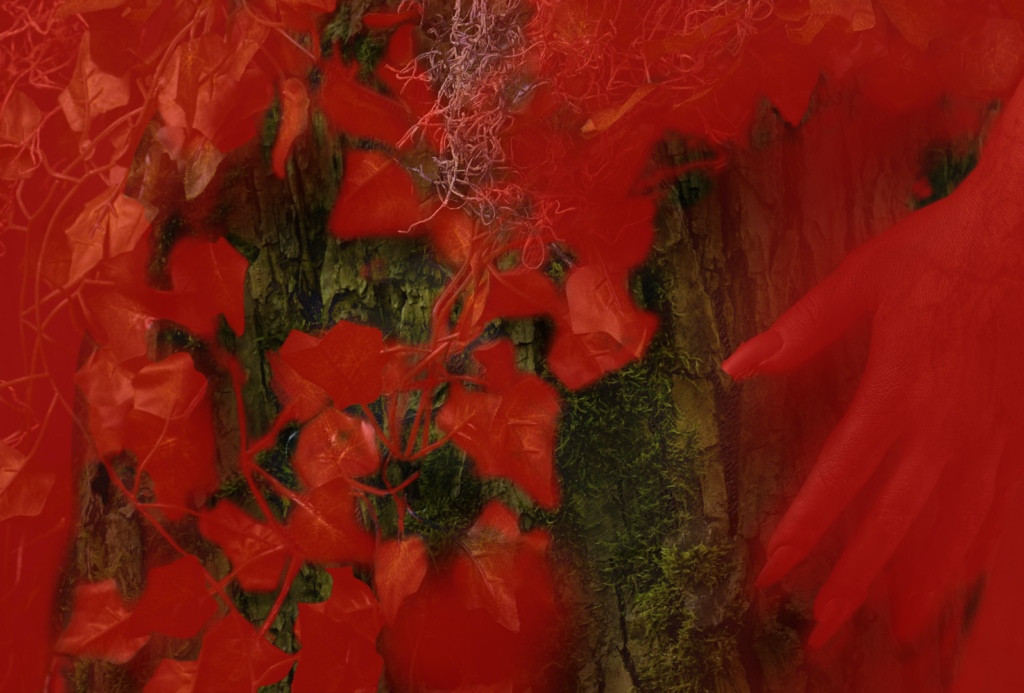
The Wood Wife, Story Inspirations
This portrait was subject to a little post-creative rationalization. We began with a distinct idea and look, which we shot, but we didn’t have a name for the portrait. Gaby had been researching folklore on woodland fey, however, and in particular a fey from Germanic folklore called the wood-wife.
Researching this, I discovered an excellent article posted only a month ago at The Haunted Palace blog, which discusses wood-wives in detail, citing several resources for the article in their footnotes. This fascinating and well-researched article is very much worth the read.
In general, wood-wives are forest-dwelling fey, a little like dryads in that they are linked to their trees such that twisting the stem of a young tree so that the bark breaks will kill them. They are usually gentle, helpful creatures, and they appreciate a gift of plain bread, but not if it’s fancy bread made with parsley or other herbs. In return for a kindness, the wood-wife may give a gift herself: a handful of wood chips that will later turn to gold.
Perhaps strangely, they are savagely persecuted by none other than the Wild Hunt, as the Haunted Place article explains in detail.
A solid part of the reward for this series is the knowledge gained in the experience. As with Arielle Leverett’s Aziza fairy, the wood-wife was a new piece of folklore for me that I’m happy to have learned about through this experience. With eleven more portraits to go in the series, there are still new and interesting fey on the way.
The Gallery
This session was a magical experience working with old friends who poured their creativity and imagination into it, and I am grateful to Gaby for her friendship, talent, and collaboration. Here’s a gallery of some other images from the session.
Next in The People of Light and Shadow series…
Exploring the dangerous Irish creature called the merrow, featuring Lauren Nicole Fields!

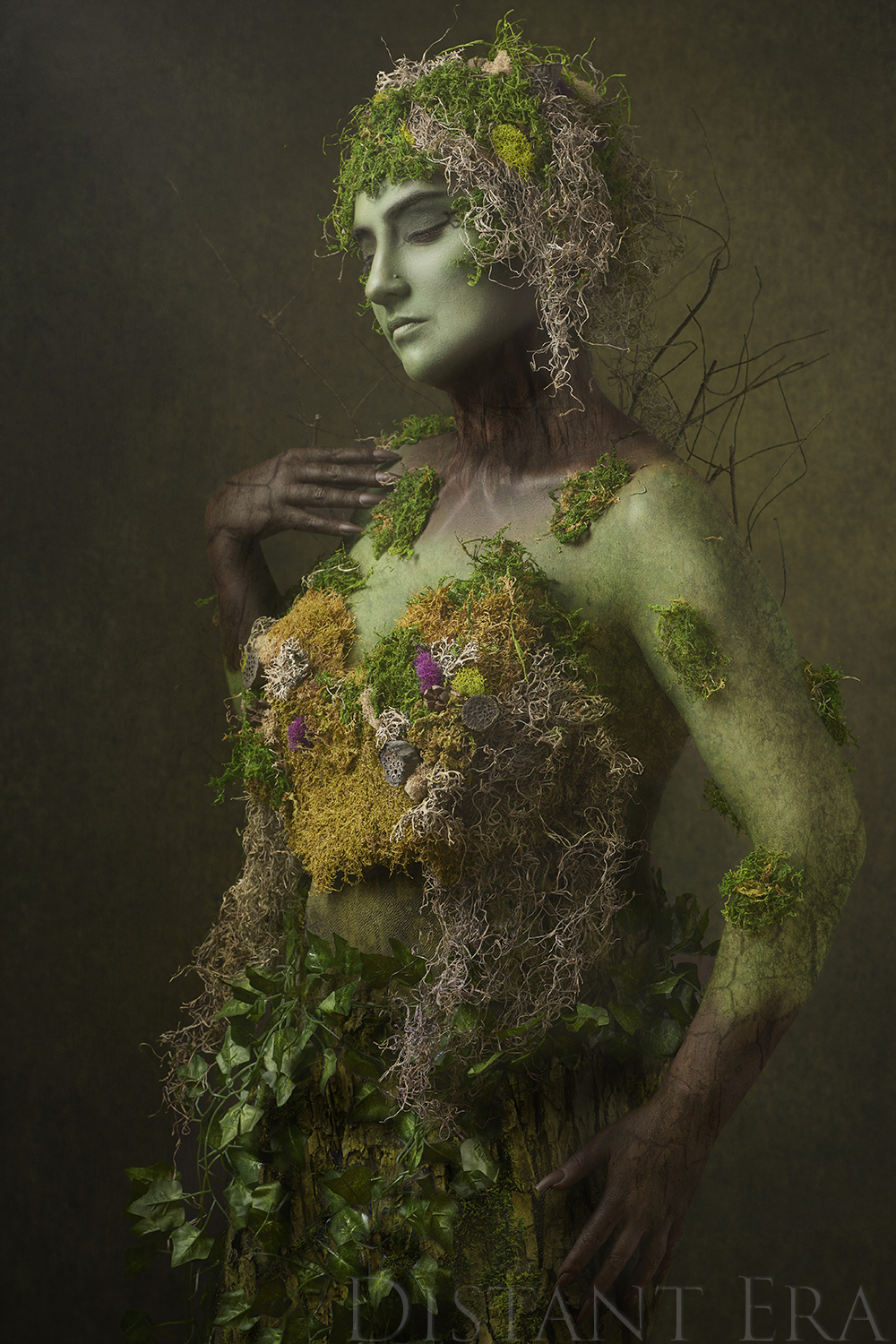
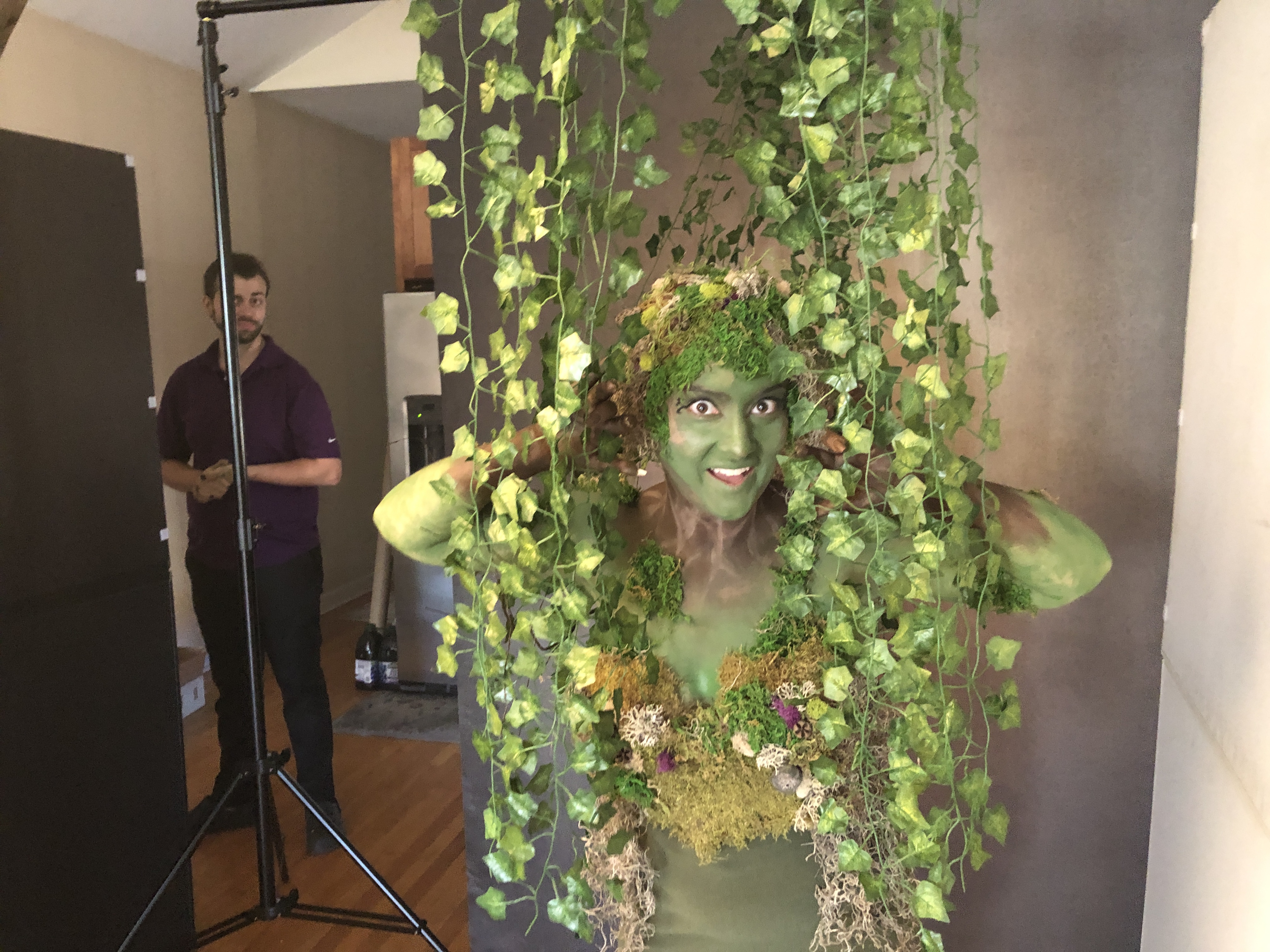
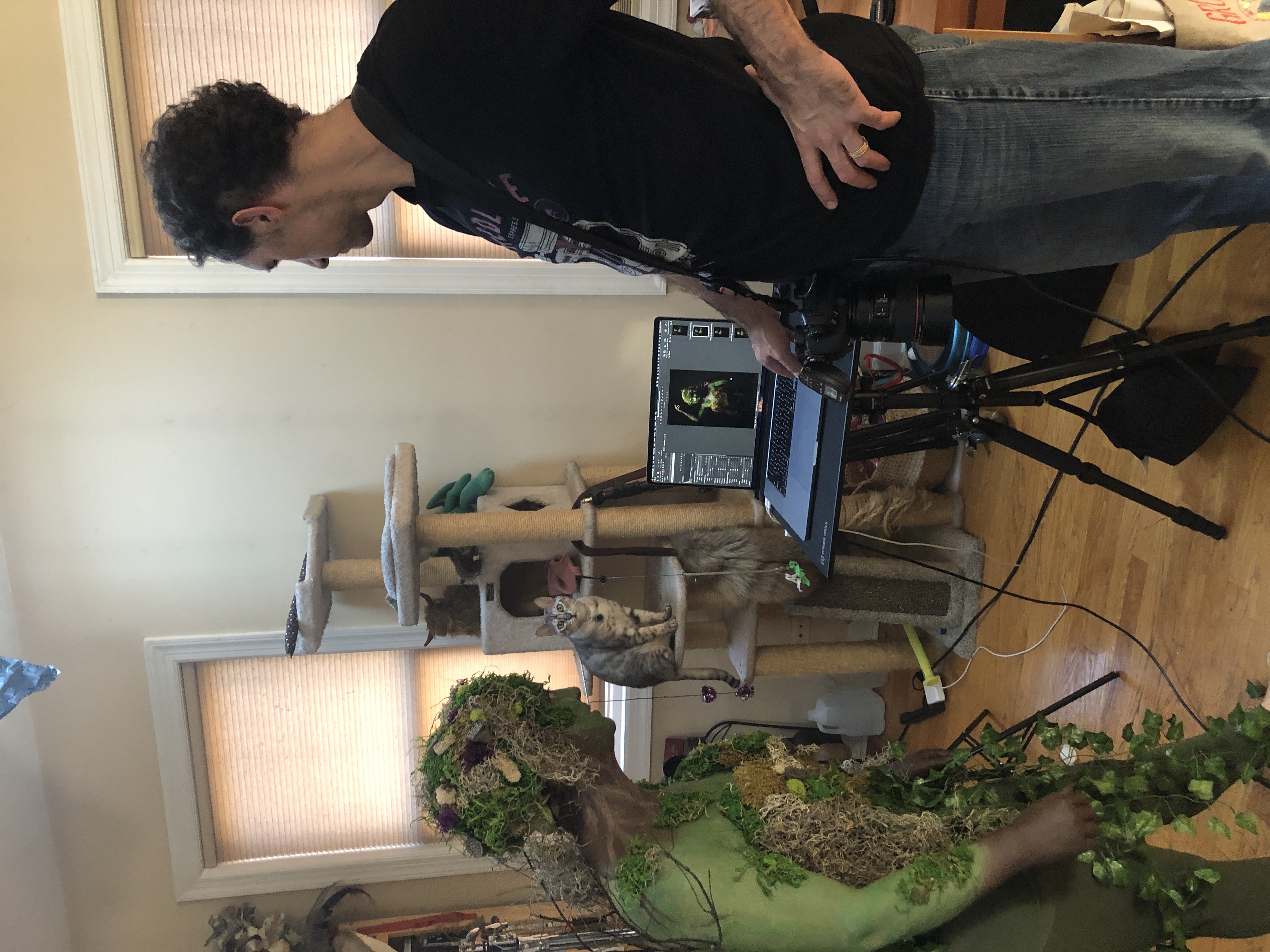
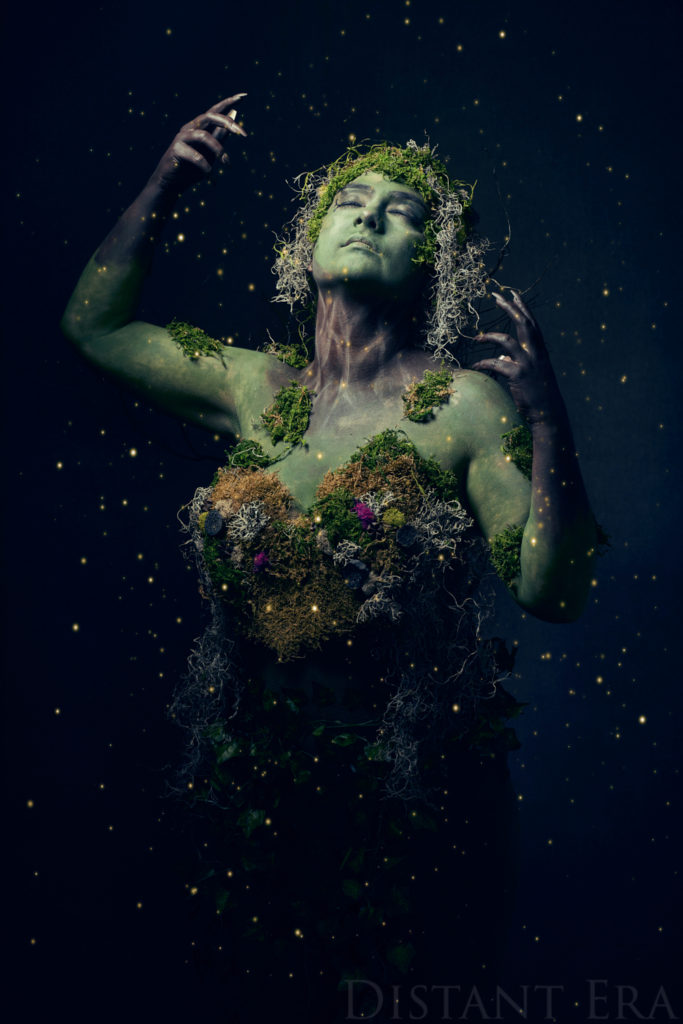
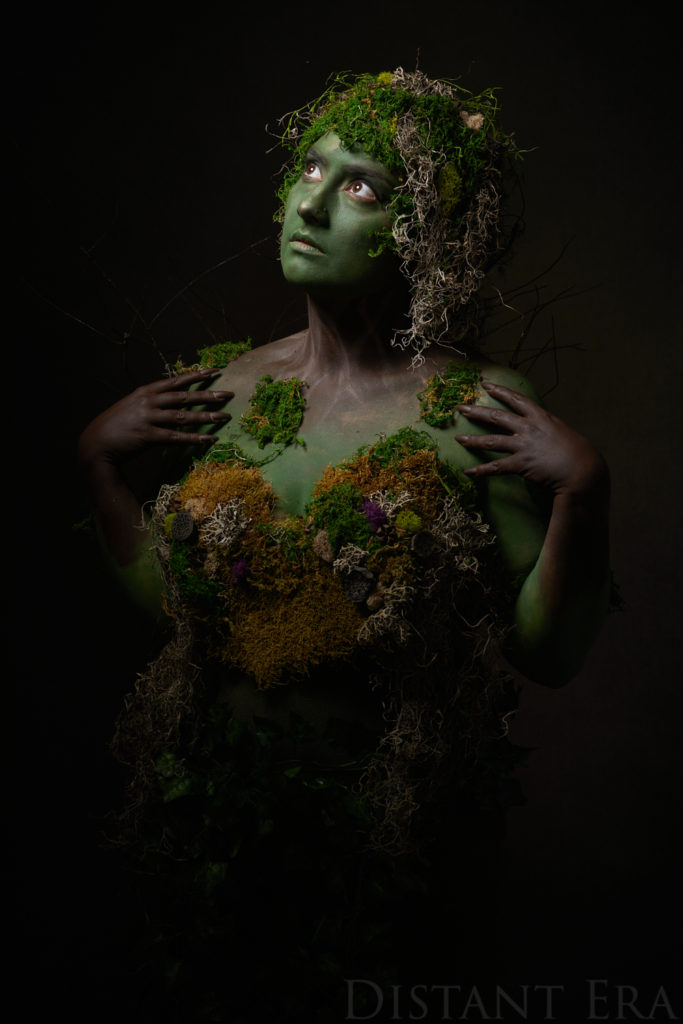
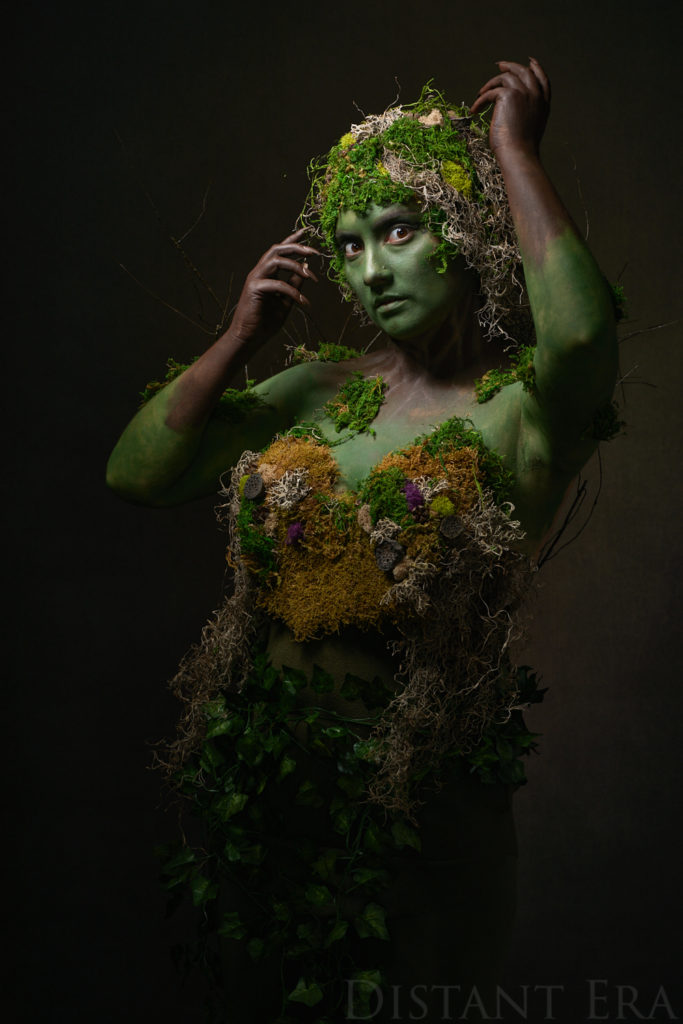
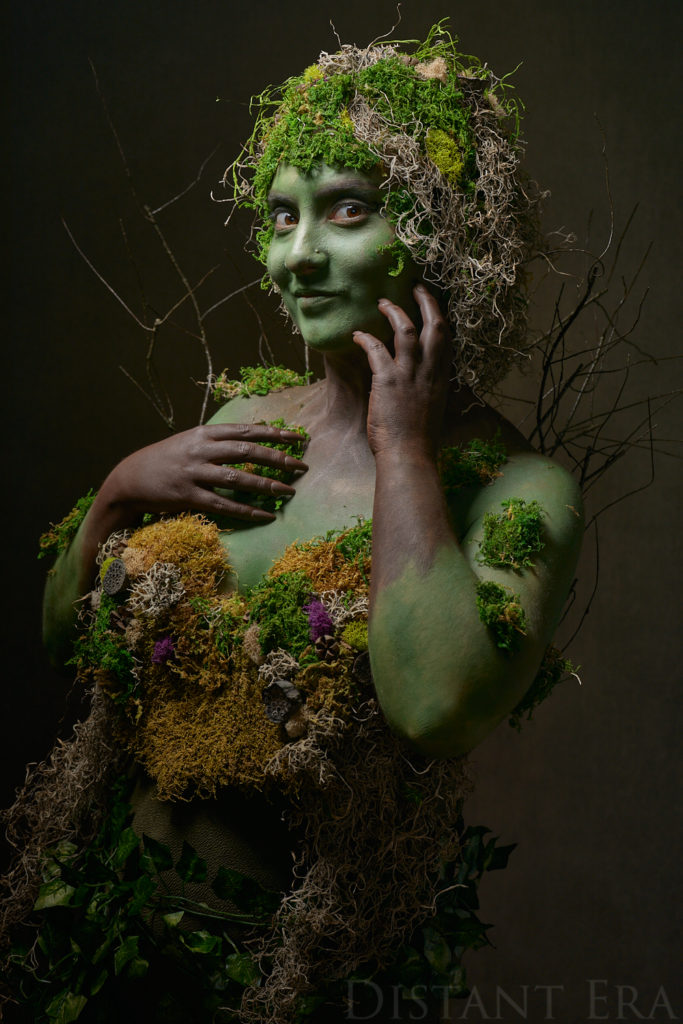
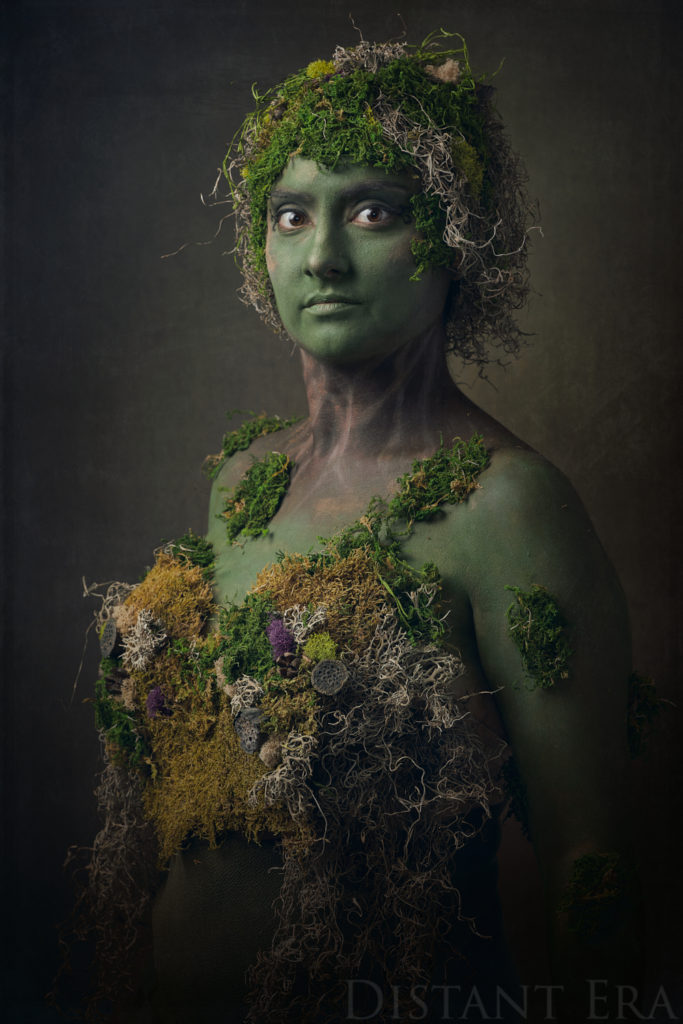
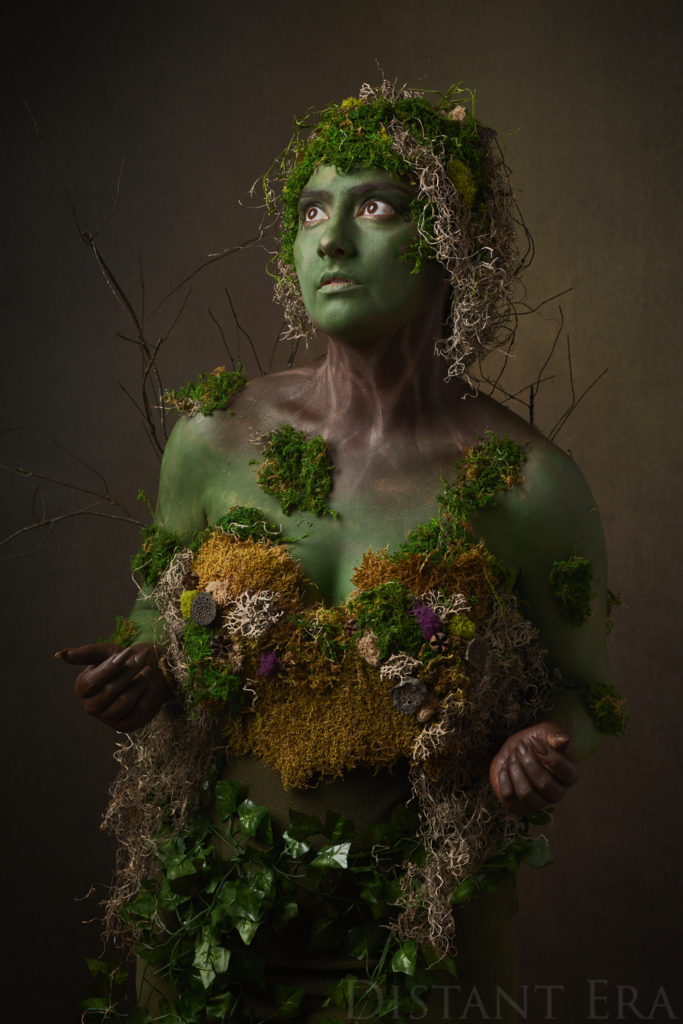
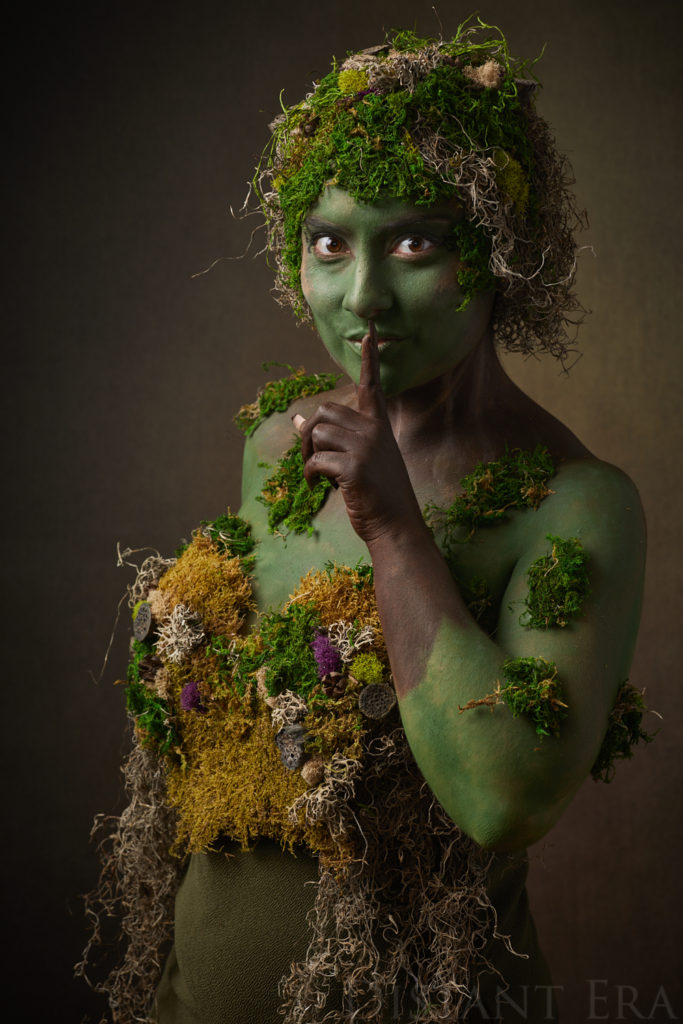
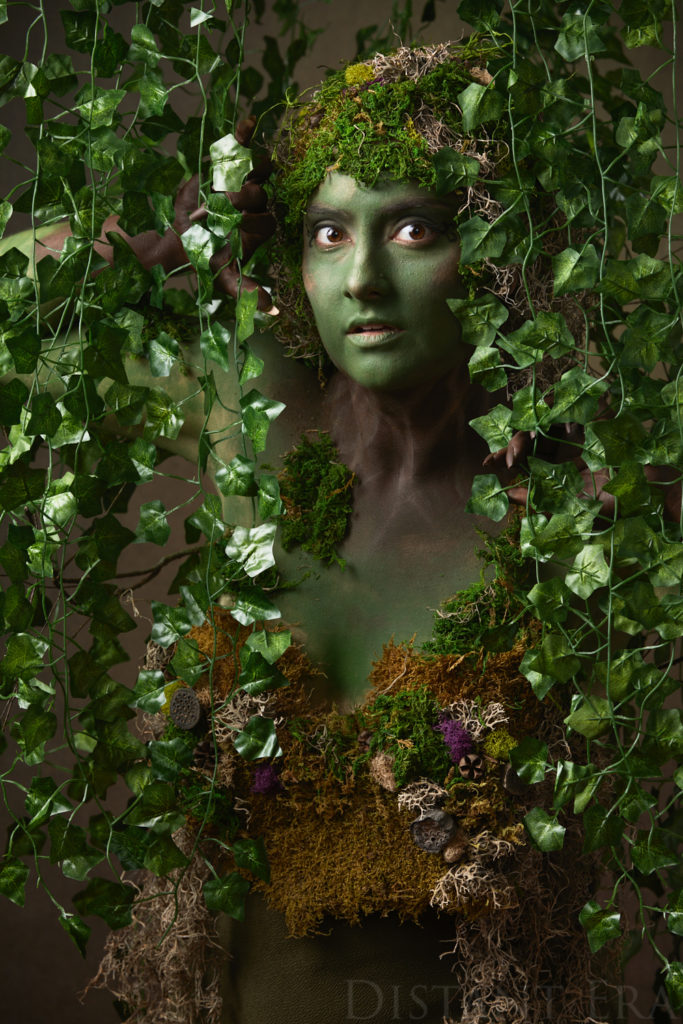
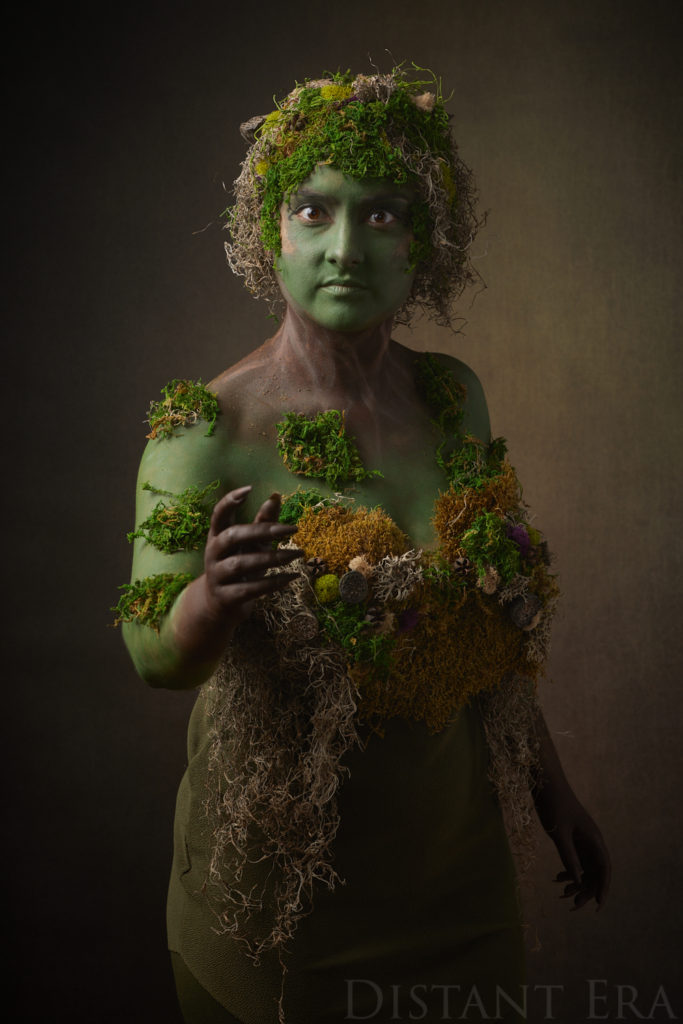

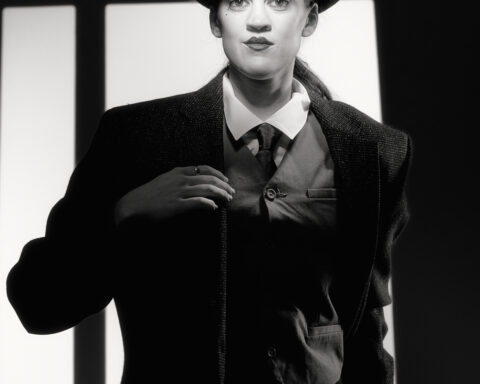
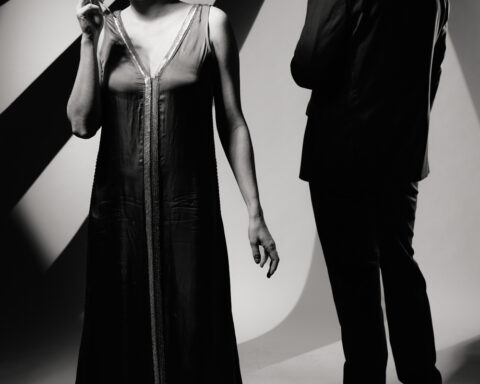
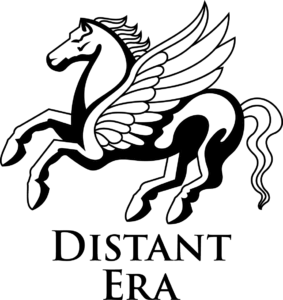
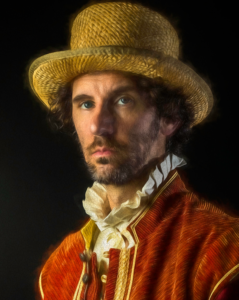
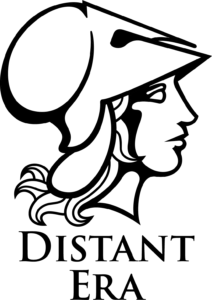
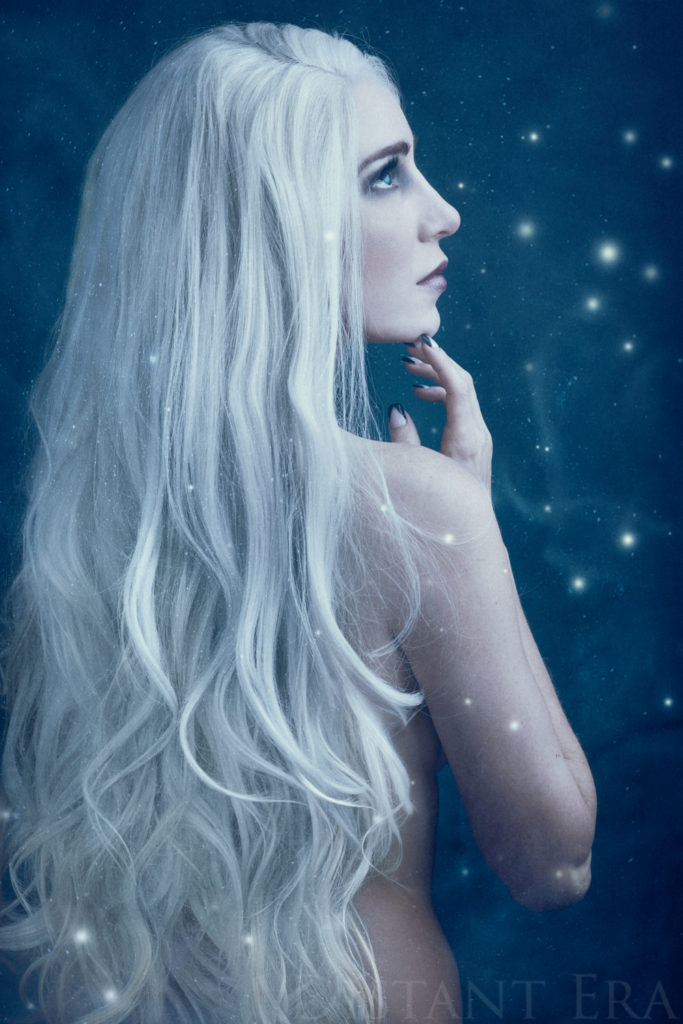
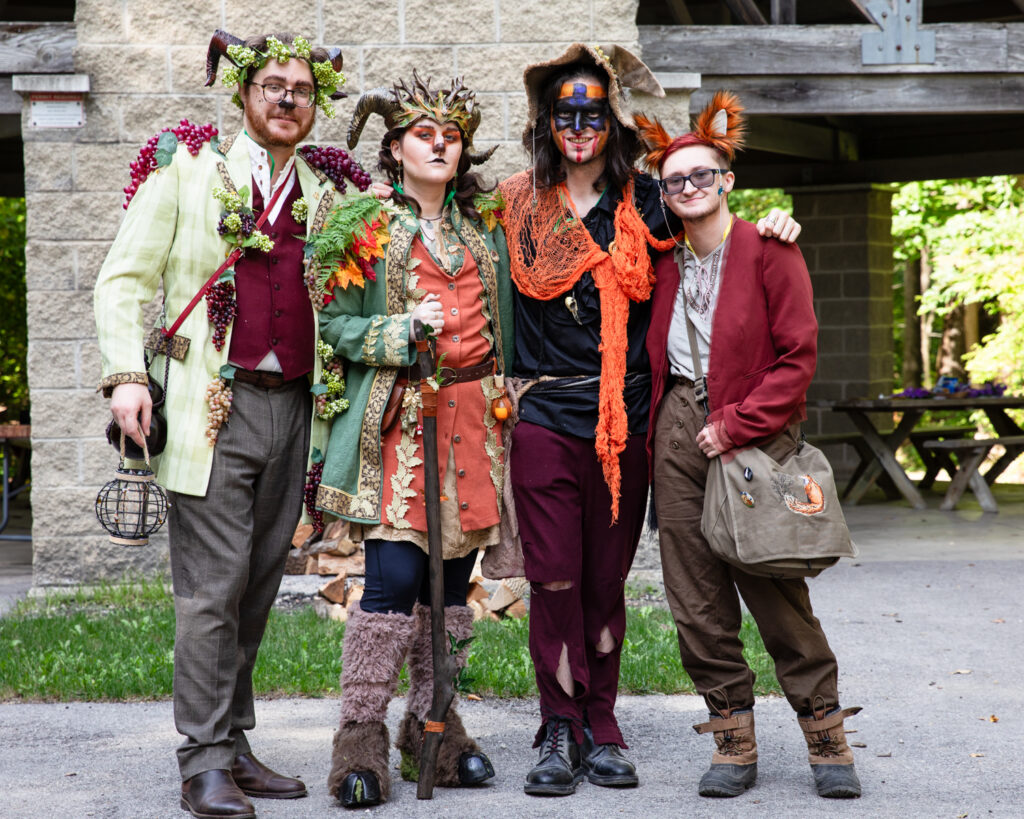
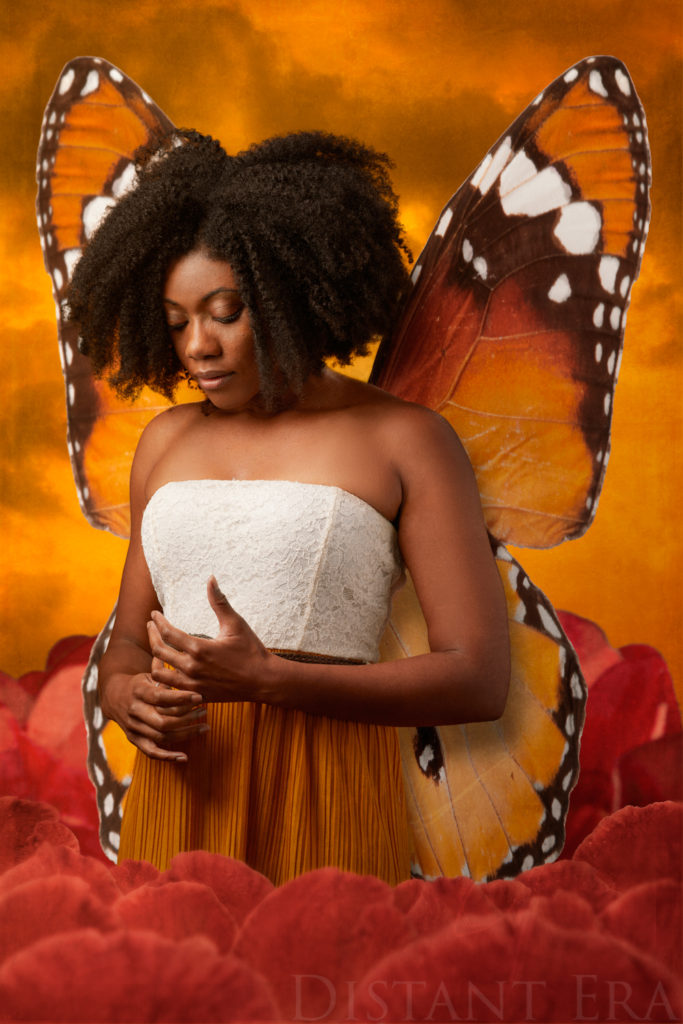
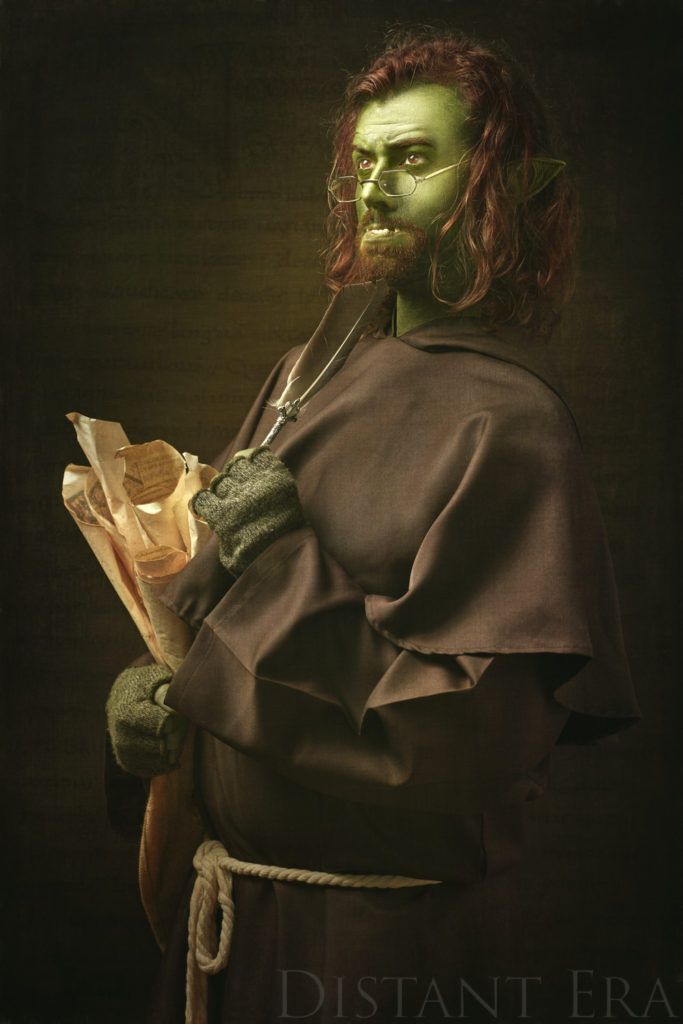
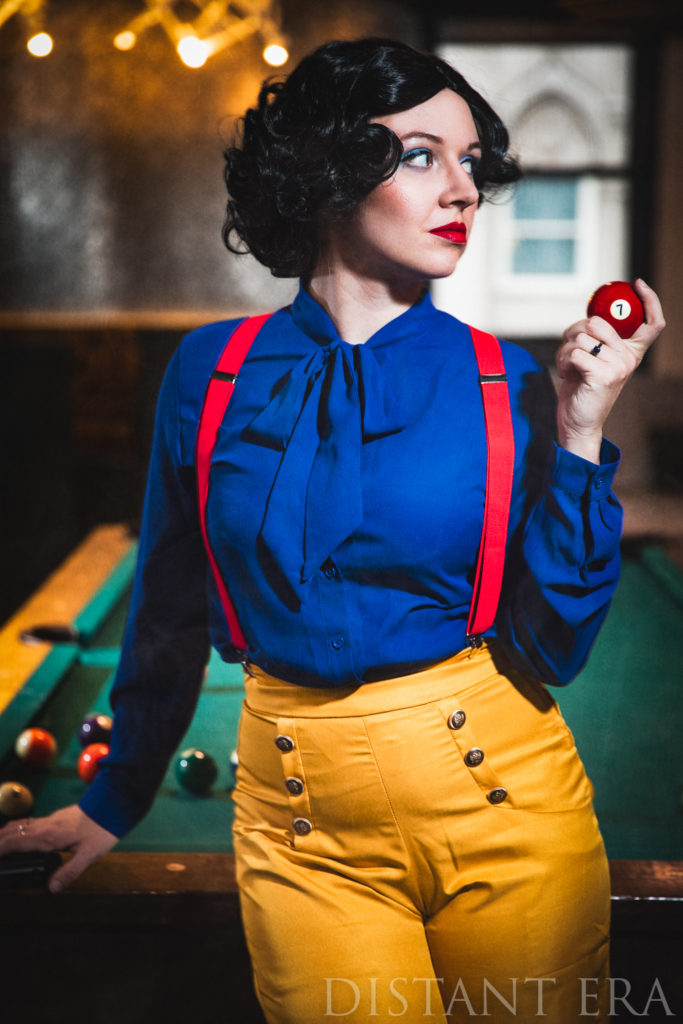
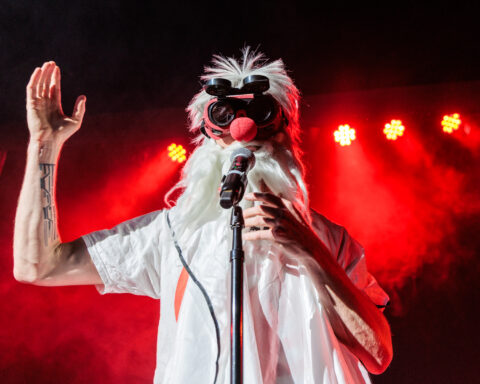
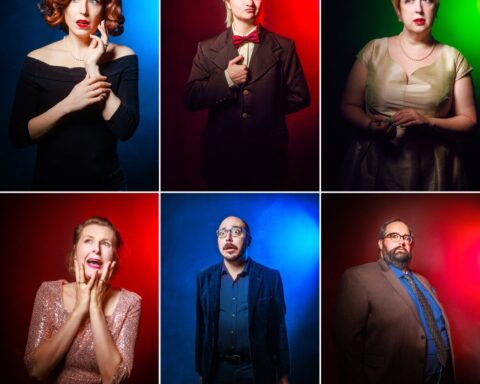
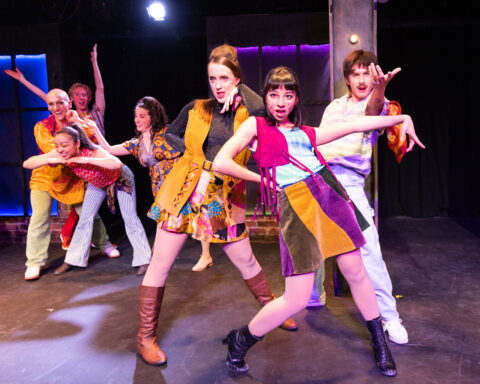
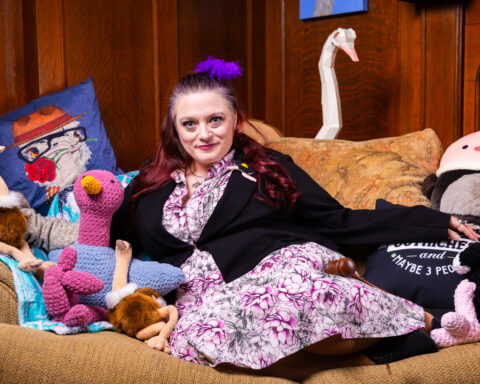
[…] glorious analog color film. Rachel created a gender-bent modern royal look for her Joffrey opposite Gaby Martineau‘s Cersei […]
[…] The Wood-Wife: Gaby Martineau […]